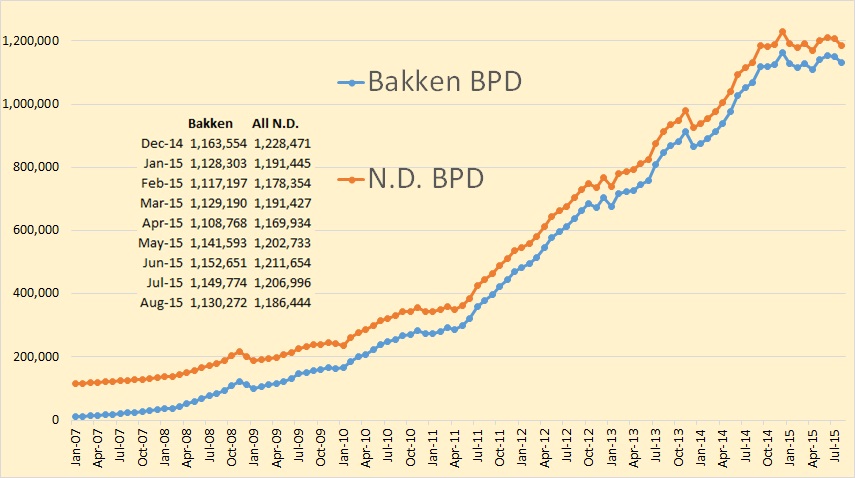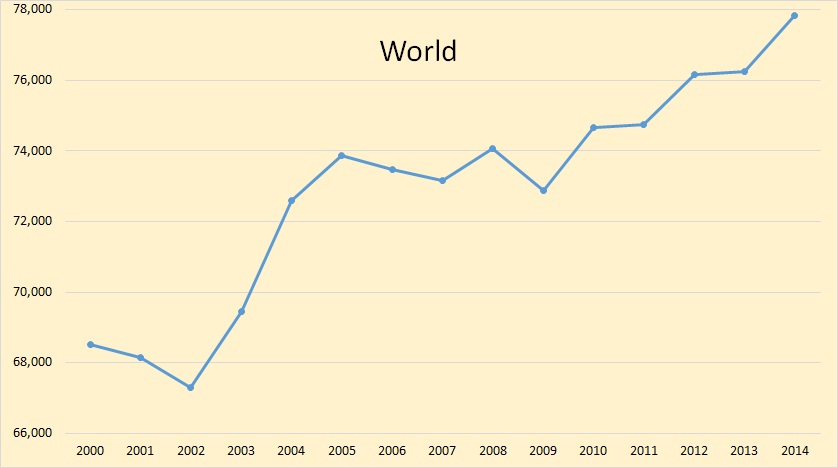This is a guest post by Verwimp Bruno.
All views expressed here are those of Verwimp Bruno and do not necessarily represent those of Ron Patterson.
1. INTRODUCTION
Peak Oil is the moment in time when, on a global scale, the maximum rate of oil production is reached. The moment after which oil production, by nature, must decline forever. Since Earth is a closed system, next to this production (supply) event, there must be an equal demand event: Peak Oil Consumption. Since there are no substantial above ground deposits, Peak Oil Production and Peak Oil Consumption must coincide. The world consists of a lot of different countries, some of which are already far beyond peak oil production That leads to the assumption the world as a whole reaches peak oil production. On the demand side, it is worth looking, because different countries have different economies, different degrees of development, and so on, if, while some countries still experience significant growth in oil consumption, some countries are already well beyond Peak Oil Consumption by now. Read More




